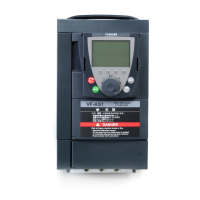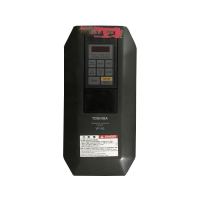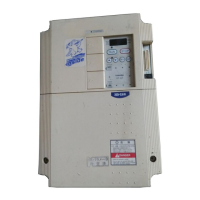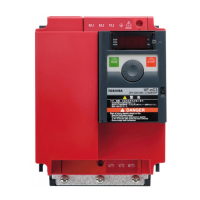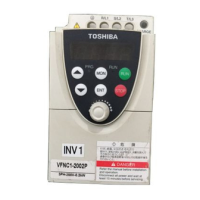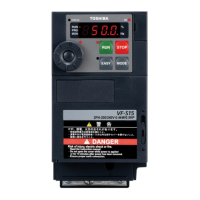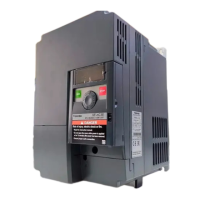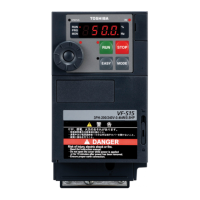E6582062
14-3 14. Maintenance and inspection
3
9
14
Perform periodical inspection once every three to six months depending on the operating conditions.
14. 2. 1 Checkpoints for periodical inspection
The periodical inspection items and check methods are shown in the following table.
■ Notes for periodical inspection
When you use a vacuum cleaner for cleaning, pay attention to the vents, printed circuit boards, etc.
Keep in mind that adhesion of dirt or dust may result in an unexpected accident. Be sure to keep
them dust free.
Perform an insulation resistance test of the power terminal block only on the inverter as shown in the
following figure.
14. 2 Periodical inspection
WARNING
Mandatory
action
• Before inspection, perform the following steps.
(1) Turn off the power to the inverter.
(2) Wait at least 15 minutes and verify that the charge lamp is no longer lit.
(3) Use a tester that can measure DC voltages (800 VDC or more), and verify that the voltage
to the DC main circuits between [PA/+] and [PC/-] is 45V or less, and verify that the residual
voltage of AC main circuits cable is 45V or less.
Performing inspection without carrying out these steps can lead to electric shock.
When using the PM motor, please verify that the PM motor is stopped. While the PM motor is
rotating even after the power is turned off, as a high voltage is generated in the output terminals
[U/T1], [V/T2] and [W/T3] on the PM motor side, touching the output terminals will result in
electric shock.
Periodical inspection item Check method and action
Check the screw parts of the wiring terminals for
looseness.
Tighten the screw parts of the wiring terminals with a
screwdriver.
Check the caulked parts of the wiring terminals for any
poor caulking.
Visually check the caulked parts for any trace of
overheat.
Check the wiring for any damage. Visual check
Clean dirt or dust. Clean it with a vacuum cleaner.
Perform an insulation resistance test on the power
terminal block.
Test only the power terminal block at 500 V mega to
check that the insulation resistance is a few MΩ or
more (the value is lower for the built-in noise filter
models).
Check the input voltage and output voltage.
Periodically check the input-side voltage with a
moving-iron type AC voltmeter (recommended).
Periodically check the output-side voltage with a
rectifier type AC voltmeter (recommended).
Check the ambient temperature.
Measure the ambient temperature of the inverter
every time at startup, during run, and at stop.
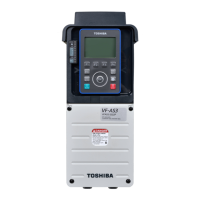
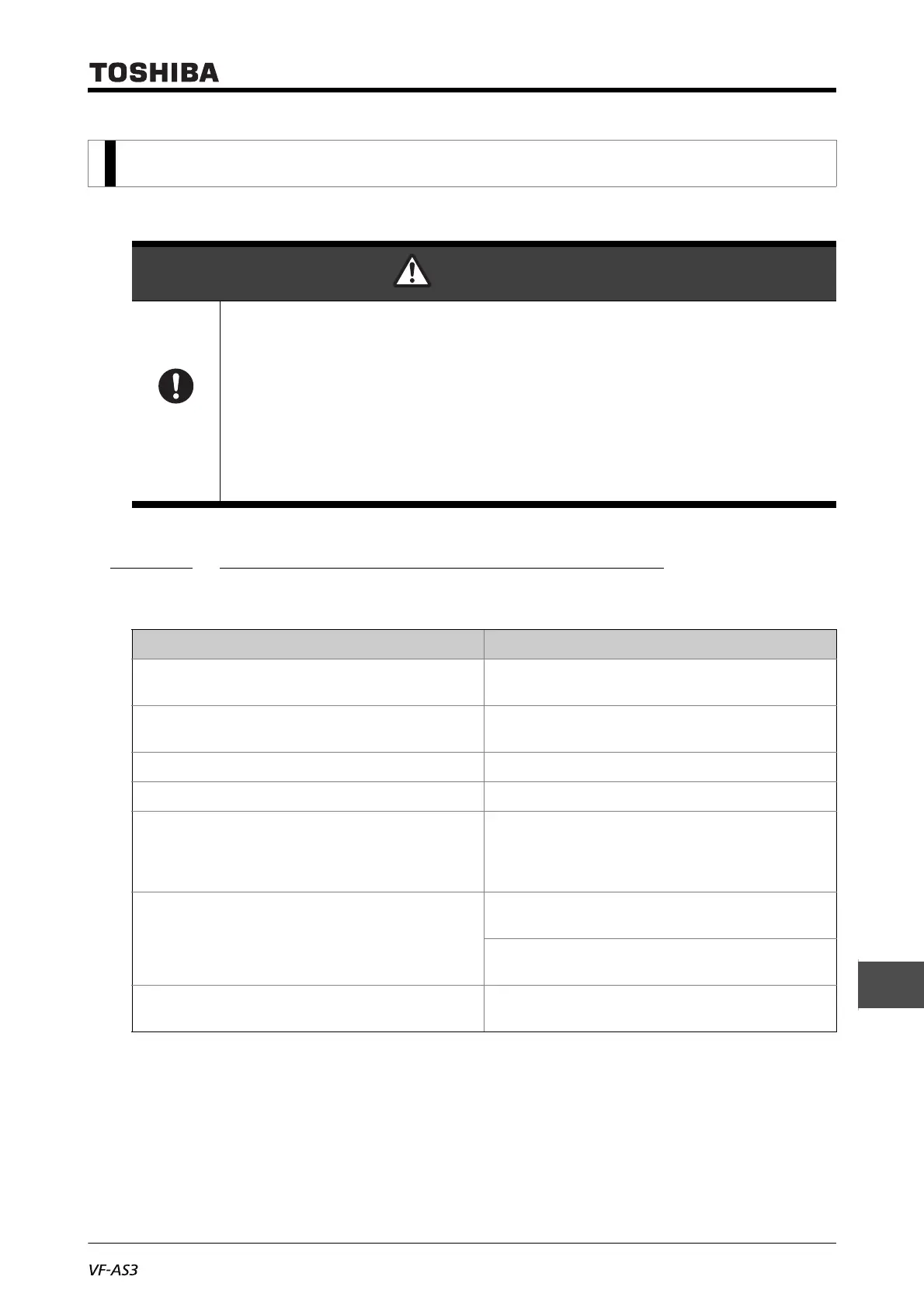